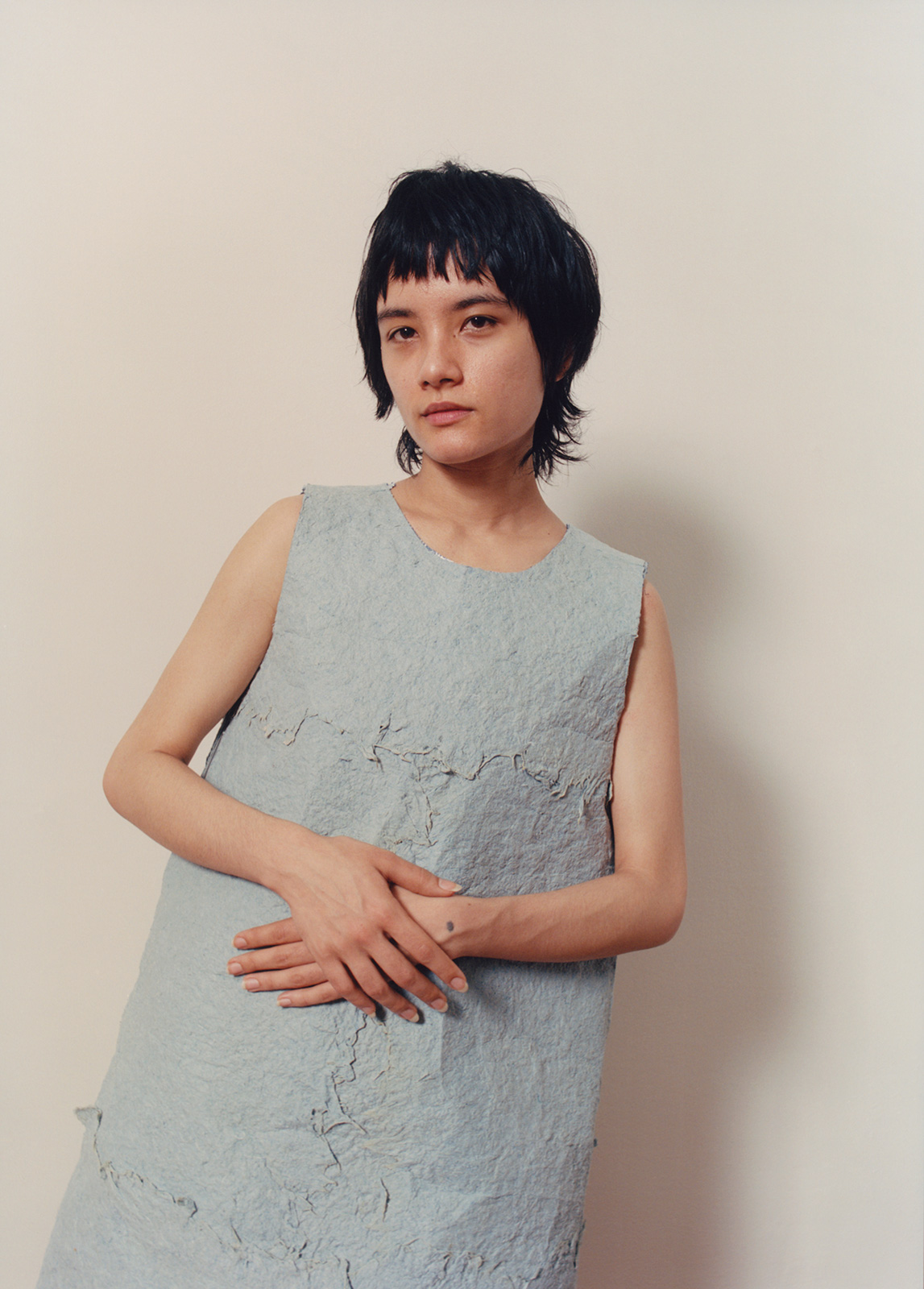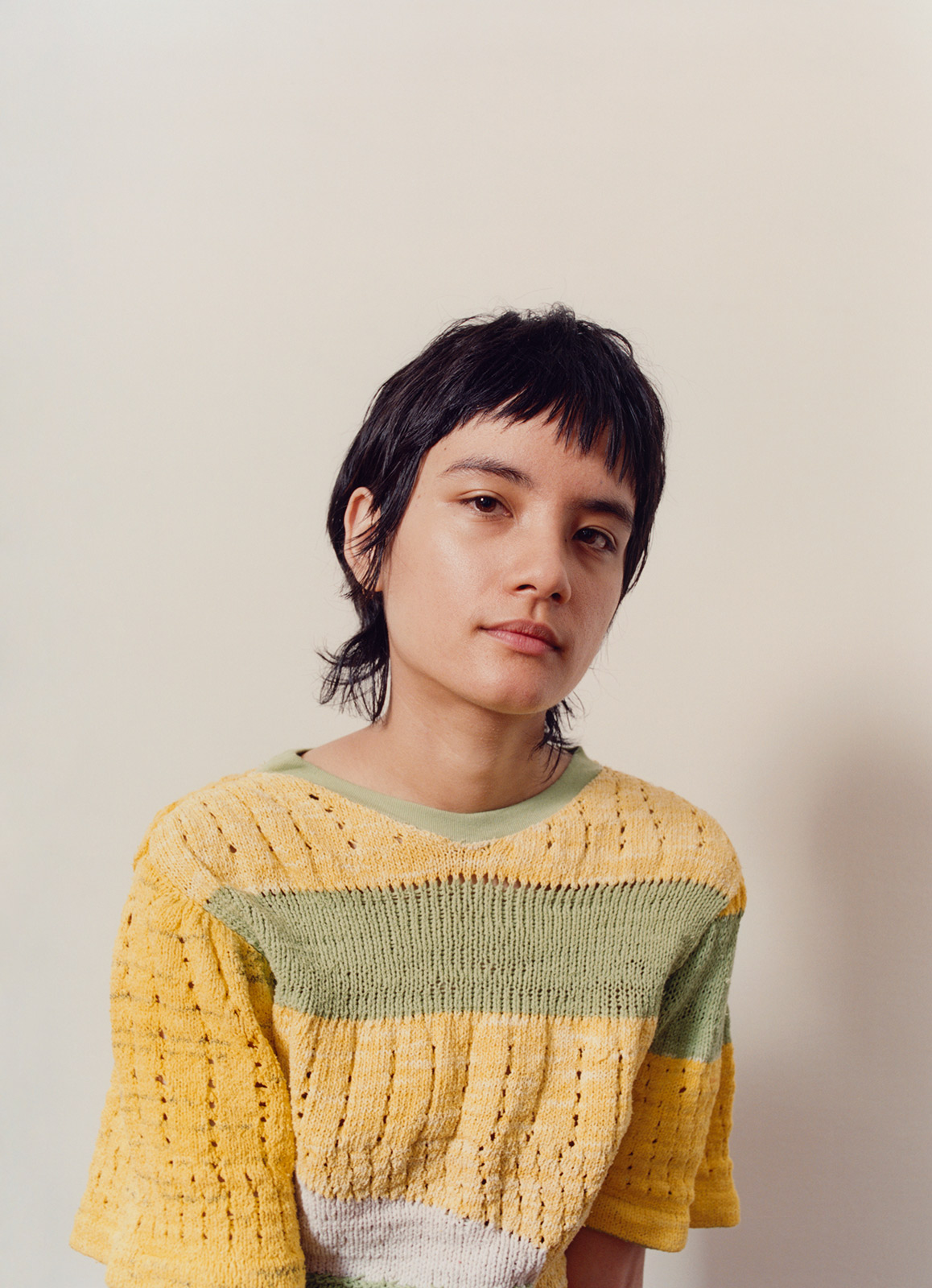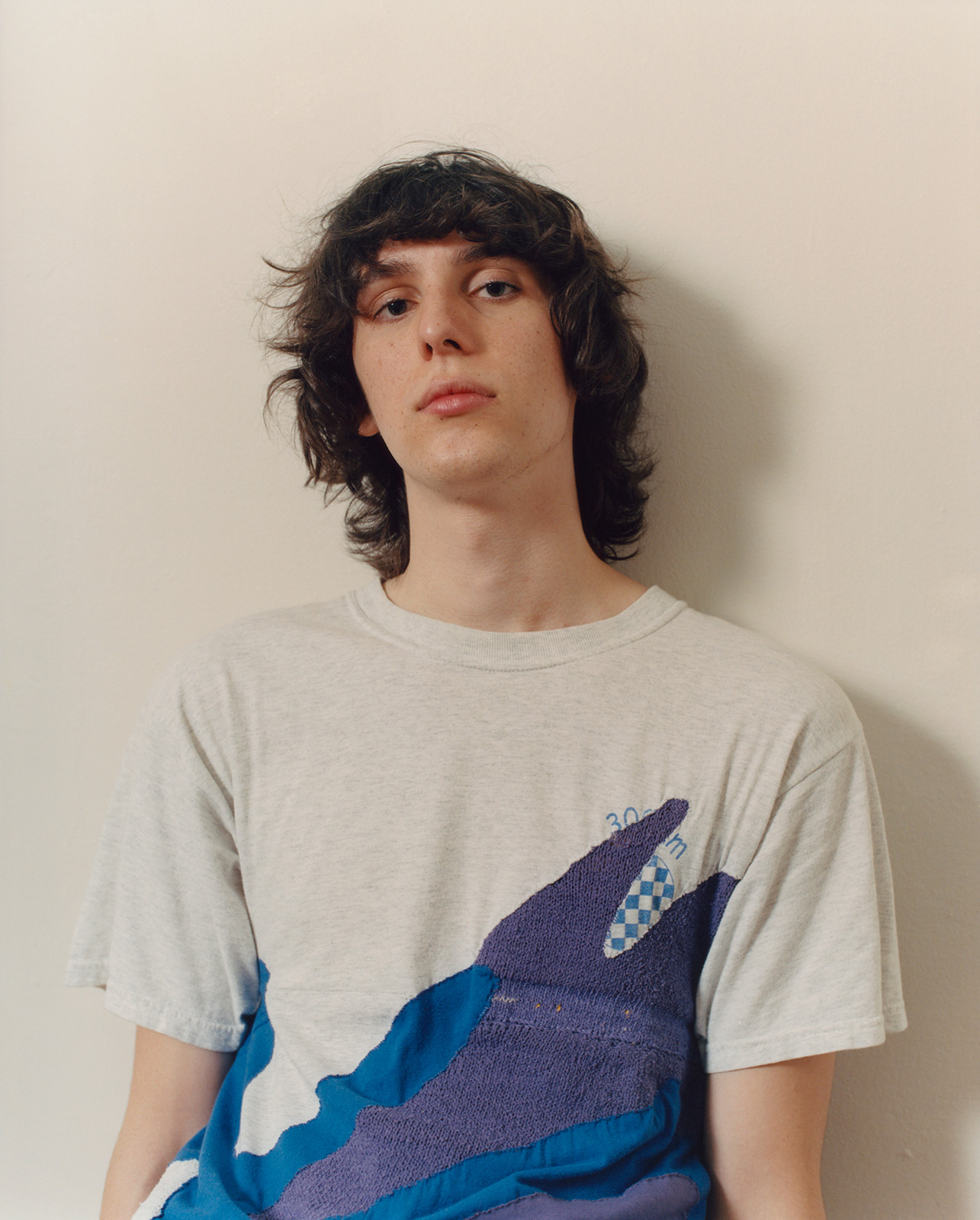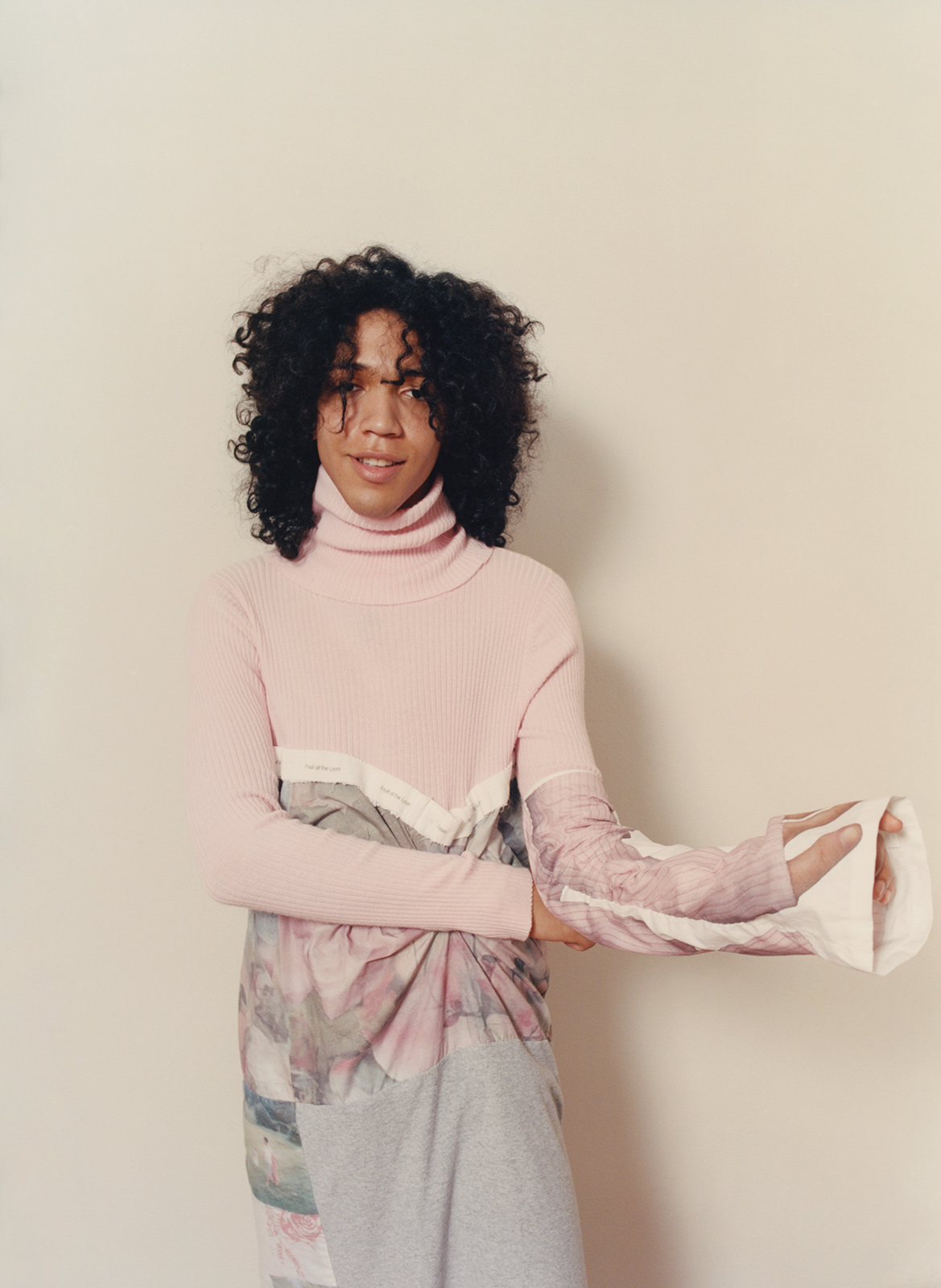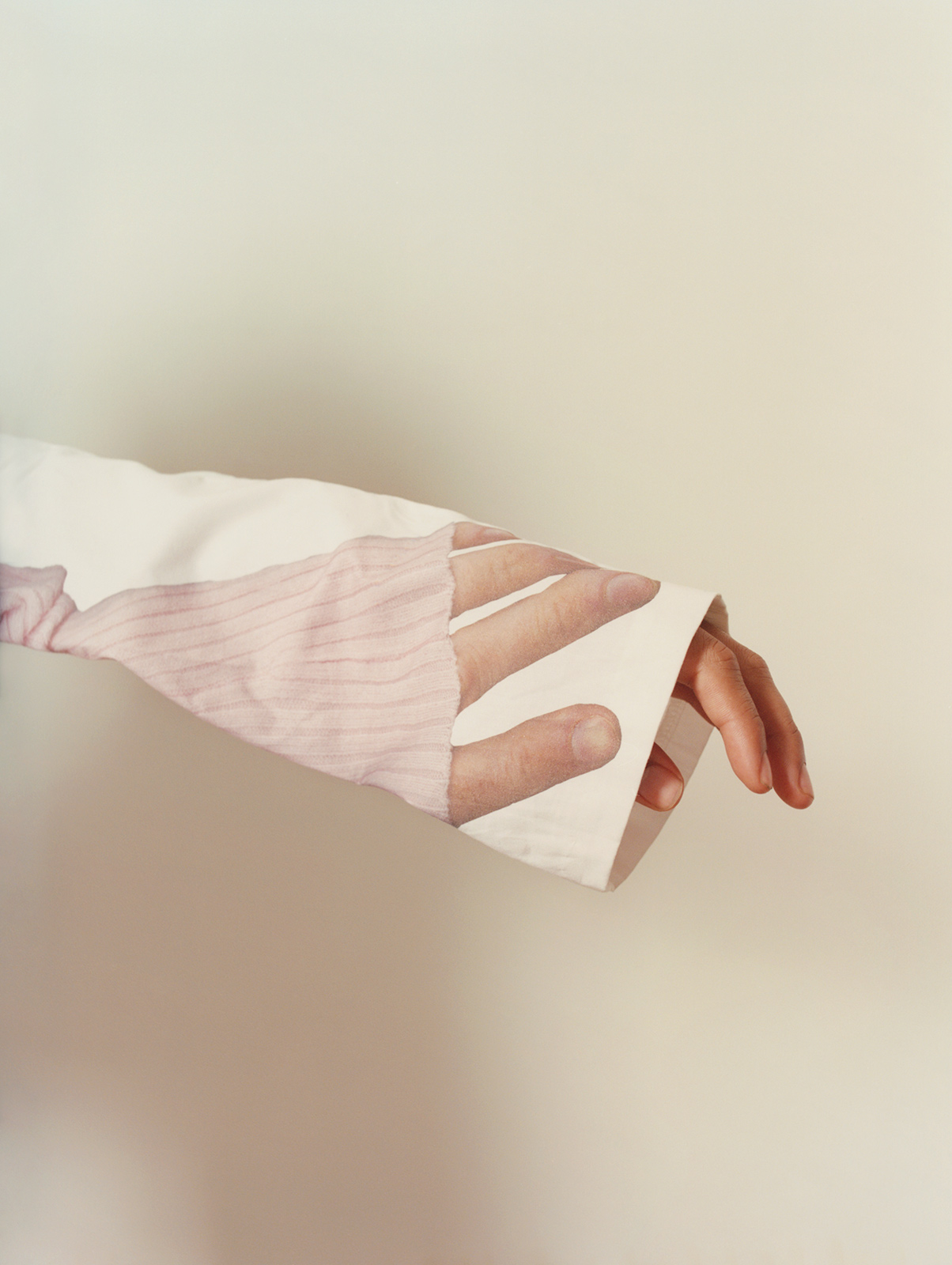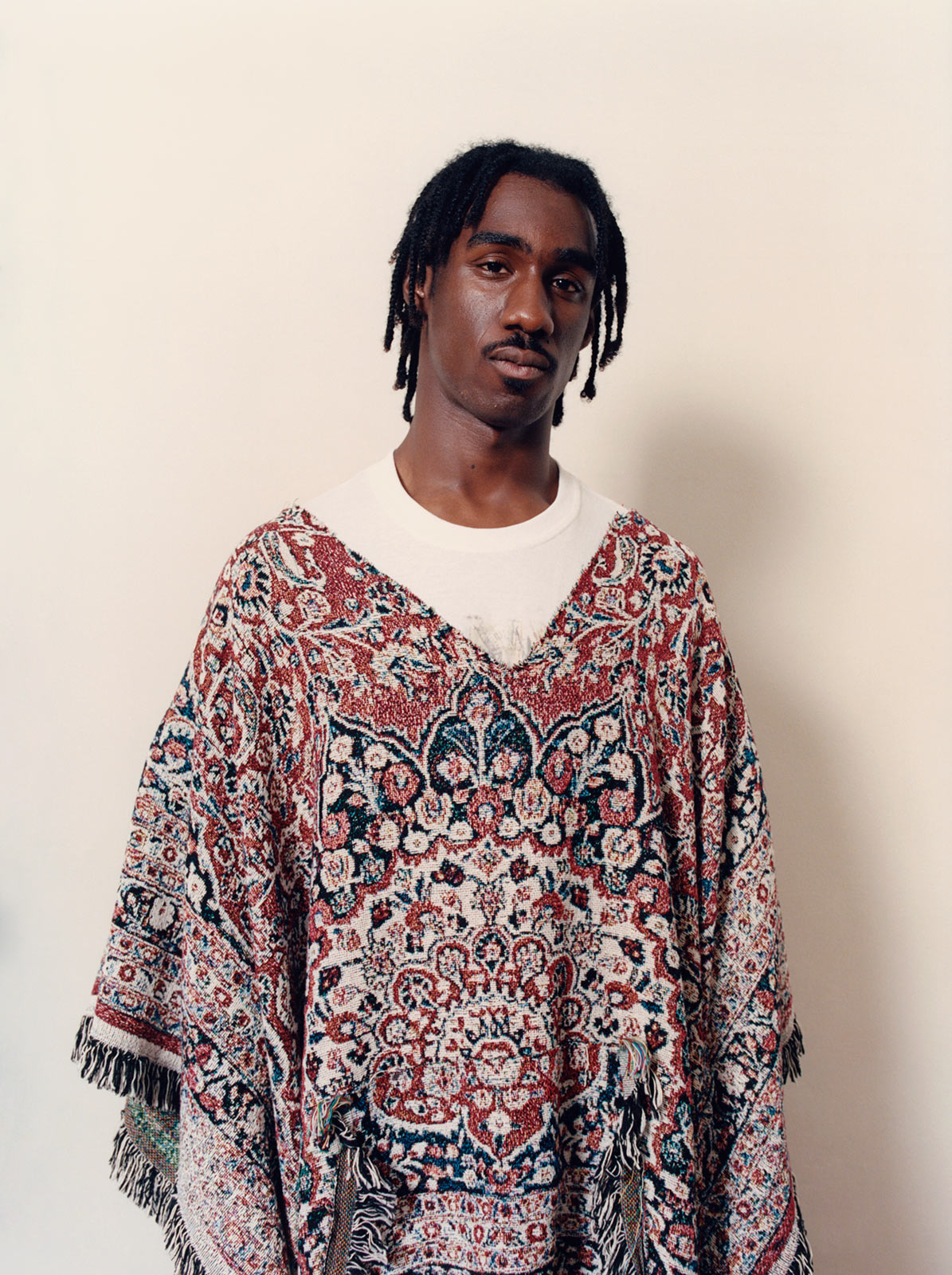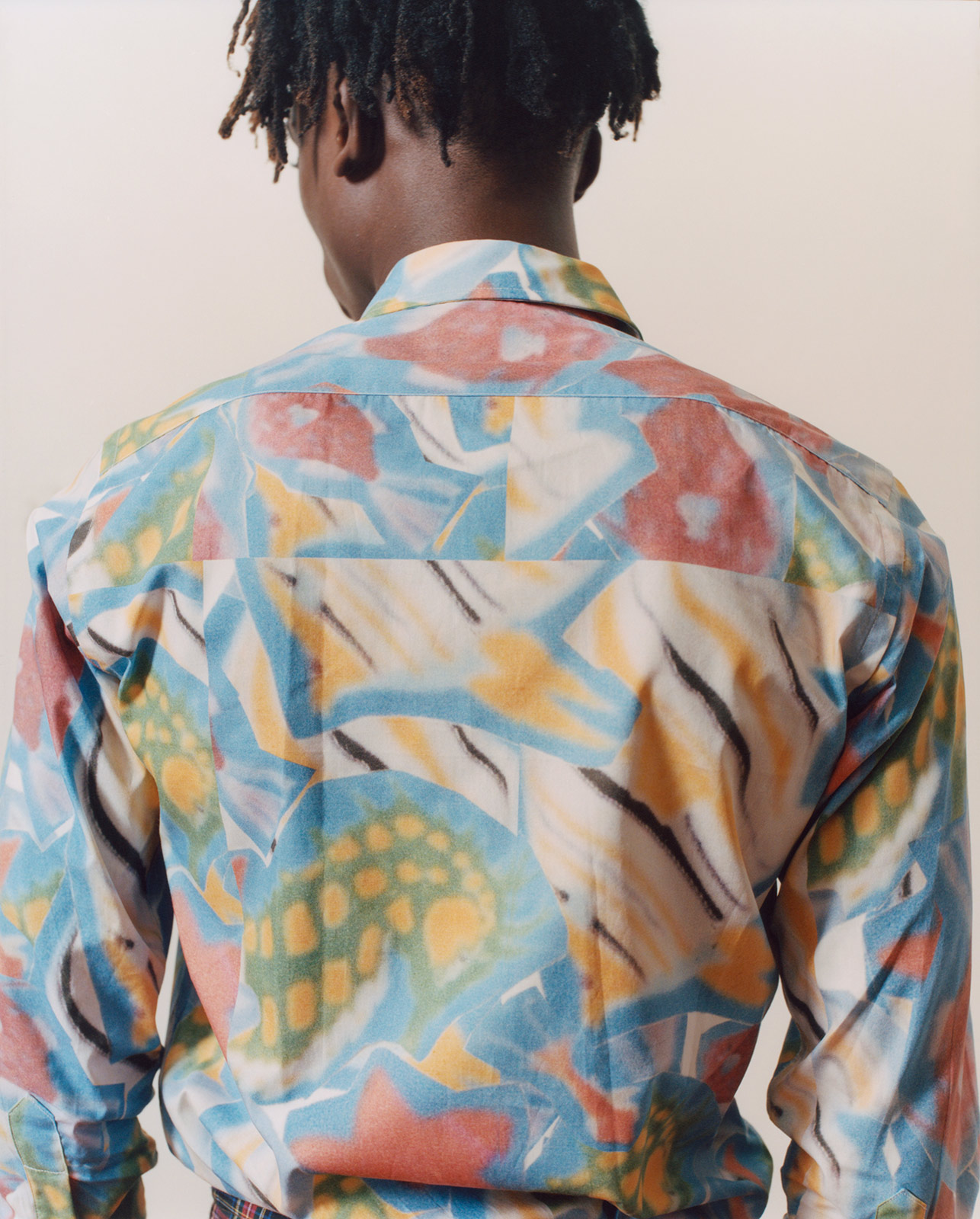Document and graduating students from Parsons School of Design question the fashion industry’s model of excess in this sustainable editorial.
Just outside of our New York City office stands the mecca of fast fashion: Canal Street. For Soho pedestrians, the buzz and hustle of barter is inescapable. Lost in the ease with which any suburban fashion fan or tourist can acquire luxury items on the sidewalk is the residual damage that low-priced, over-produced garments causes. From the use of harmful chemicals, poor working conditions where child labor and unfair wages flourish, not to mention the outright waste created by this consumption cycle. And the numbers are staggering. As The Guardian noted this past summer, nearly 235 million items were dumped in landfills in Great Britain, alone. “Surely,” the author wrote, “we can do better than this?”
For fashion lovers, there are a lot of sustainable practices that can be incorporated into buying habits, easily and immediately. The most obvious of these is thrifting. Vintage and second-hand stores are some of the few positive side-effects of decades of fast fashion practices. Prolonging the life of a garment is the best way to break the cycle of environmentally destructive consumerism. For the high-fashion connoisseur, gently worn, or barely worn, garments by your favorite designers can be found on eBay, Depop, and The Real Real, among the dozens of resale cyberspaces popping up every day. Fortunately, a younger generation of designers is looking to fix the cycle at its source. Student designers at Parsons School of Design are learning sustainable practices as a core element to their programs. The latest student exhibition debuted a sustainable collaboration with community charity Goodwill, where students were forced to generate a collection from donated materials only. Other designers in the show took salvaged clothing from their parents and pre-existing domestic objects to design zero waste objects. The new graduates came to Parsons from global locations as distant as Egypt and Colombia to implement this updated design consciousness into their thesis collections. As they go forward, the hope is that these newly-minted grads will immerse themselves into the fashion industry as harbingers of change and commitment to design that is sincere in its commitment to last a lifetime. Document took the chance to speak with the 2018 graduating cohort on the topic of sustainable design, and how it can be approached without curbing creativity or vitality.
Document—What does sustainability mean to you?
Mina Tahir—A way to make the best of what you can, with what you have, while creating as little to no waste or harm to the environment and every person in the value chain to create a circular fashion system.
Arthur Morisset—First and foremost, the combination of ethics and functionality. I believe that in order for a product to be sustainable, its production should never come at the cost of the human or the environment and functionality should be at the core of its conception.
Rebekah Haip—The fashion industry today has such a large impact within the world’s most vulnerable people in regards to labor conditions and the effects of the environment. Right now, I think sustainability is such a hot topic word, in ways good and bad. For me, it is really simple. It covers so many aspects of the industry. Sustainability, at the core must engage and impact the consumer in a tangible way, moving away from the fast-fashion, “wear and dispose” mentality. It should connect with the wearer’s own sensibility but shouldn’t compromise with the choices of sourcing textiles and production methods.
Document—How do you incorporate sustainability into your practice?
Dean DiCriscio–I made my collection using predominantly sourced garments from my parent’s wardrobe and goodwill. By setting limits on my normal making process, I was able to find fresh outcomes that would have only materialized through restrictions or boundaries, that is, not buying fabric or having to reimagine a generic garment.
July Londono—My project, Homewear, addresses sustainability by using the existing fabrics common to home interiors to create garments designed to be an integral part of our spaces—instead of living lifelessly in the dark confines of our closets. I see closets as coffins, and I see potential for our clothing to be celebrated by being on display around us when we are not wearing it. We see clothing, objects, and spaces as separate physical entities—I’m interested in exploring the potential for the mundane materials in our homes to transcend their conventional use and achieve a new level of meaning by merging them with our garments and objects.
Marissa Petteruti—I incorporated sustainable elements by designing transformable garments and also using repurposed materials for some of the fabrications. The three versions of transformable garments I designed are genderless and seasonless to promote a smaller wardrobe by combining two or three garments into one. The materials in my collection were primarily sourced locally and carefully chosen, keeping in mind the authenticity of the ordinary clothes that I was inspired by—repurposing Levi’s jeans and Hanes T-shirts, for example.
Document—From your experiences thus far is sustainability a high priority for young designers?
Dean—I’m lucky that Parson’s forced me to stay informed about sustainability in the fashion industry and the world at large, but up until that point, I was given little to no information about how my actions impact the environment. The fashion industry fully embodies the concept of excess. It all comes down to educating young designer, and young people, about how simple it can be to make a impactful change.
July—As a young designer, I believe it’s our duty to be hyperconscious of the state of the world in which our work is entering. The work must be contextualized around the world as it is. We need to be mindful of the materials we use, the intended life cycle of everything we make, and the well-being of all the living things involved in the creation of our designs. There’s no room to design for design’s sake.
Marissa—I believe as young designers, it is important to understand fashion beyond aesthetics—to realize its potential to create positive change—whether social, political, or environmental.
Mina—We have seen the effects that the current industry has had on the environment. If we want to see the change that we preach, we have to be the ones to take action because we are the future.



